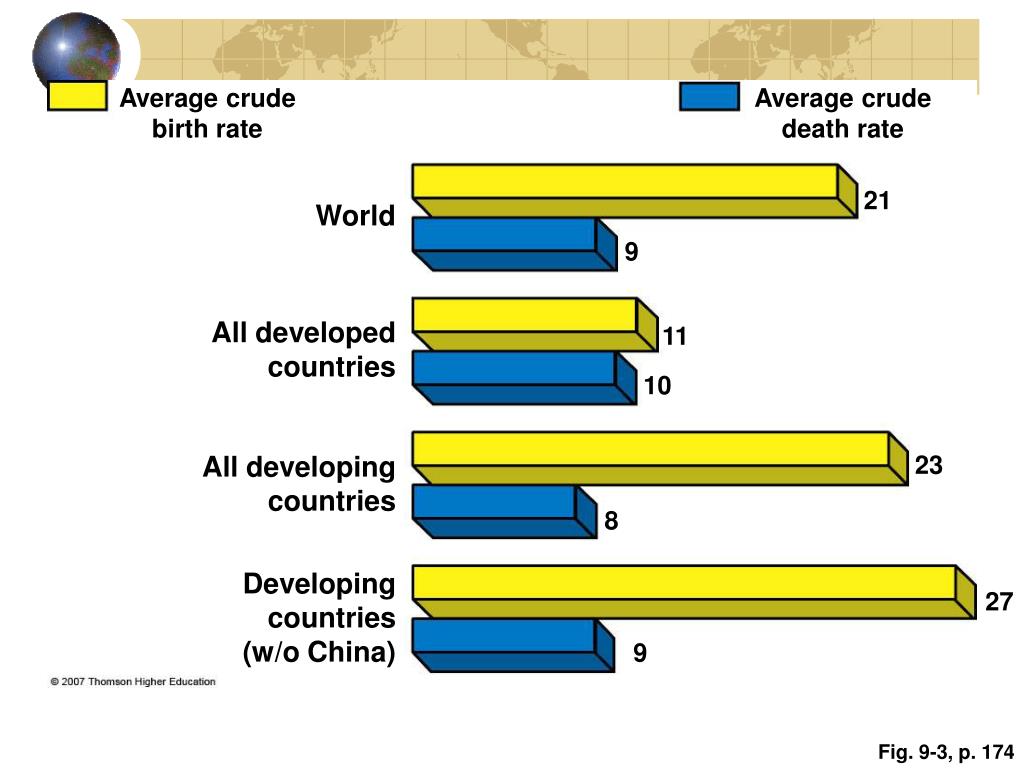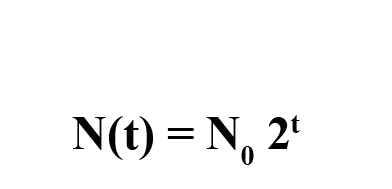

Problems for sustainable management can arise from a mismatch between management regions, which are often political, and the spatial extent of demographic population units, or stocks.

They also can evaluate other types of spatial control mechanisms for fisheries management such as spatial closures within management zones, protected areas, and Territorial Use Rights for Fishing reserves (e.g., Kapur and Franklin, 2017 McGilliard et al., 2015 Field et al., 2006). Spatially-structured assessments can inform rules for setting catch limits that respond to local dynamics (Bosley et al., 2019, McGarvey et al., 2017). Accounting for spatial structure can provide a greater degree of biological realism by 1) allowing for spatial variation in demographic parameters, 2) reducing the variance of fixed effect parameter estimates, and 3) more accurately reflecting the spatial dynamics of the fishing fleet(s), which may differ from those of fish population dynamics (Punt, 2019a). Ignoring spatial structure in assessments can lead to bias in estimated management quantities (Booth, 2000, Fay et al., 2011, Punt, 2019a see Online Supplementary Material for a discussion of the definition of “spatial structure”). The interaction of biological and environmental processes, and spatial exploitation patterns, can lead demographic rates (i.e., growth, death, immigration, and emigration) to vary across space, resulting in observable spatial patterns in fish populations and yields. Finally, we address areas of research and development needed to integrate spatially-structured population dynamics models within existing management systems.įisheries scientists have long recognized the need to appropriately account for spatial heterogeneity in stock assessments (e.g., Beverton and Holt, 1957 Schaefer, 1968). Results suggest that our method for calculating reference points under the assumption of local density-dependence can be performed using a straightforward optimization routine, and provide clearer understanding of the effects of fishing on a spatially-structured population. We compare those values to equivalent situations when density-dependence in recruitment is global, thereby extending the set of population dynamics models on which spatially-structured stock assessments could be based.
Population dynamics calculator how to#
We outline how to calculate equilibrium quantities within spatially-structured models where density-dependence in recruitment is local. However, the calculation process can be challenging for spatially-structured population dynamics models. Reference points (e.g., limit or target harvest rates and their associated biomass) are inherent to stock assessments and are often calculated under equilibrium conditions.
Population dynamics calculator software#
Accounting for spatial structure accurately and easily is a major goal for the next generation of stock assessment software development. Immigrants "born abroad as a foreign national" may still beįoreigners at the time of the census or may have become French.Fish populations with spatial structure inherently violate the assumption of a single well-mixed stock, necessitating the use of spatially-structured population dynamics models. Information on current nationality and nationality at birth.įoreigners and immigrants form two different categories. Or foreign and, among French citizens, those who were born FrenchĪnd those who have been naturalized. Inhabitants are distinguished by their nationality, i.e. With French nationality and immigrants, who are born with a Inhabitants, a distinction is generally made between persons born Of inhabitants who were born outside France. Population censuses provide an opportunity to count the number With its research units, the Institute promotes communication and exchange within the scientific community and between researchers and the general public while conducting numerous European and international research projects. INED’s approach to demography is resolutely open and interdisciplinary, implicating a wide range of disciplines including economics, history, geography, sociology, anthropology, biology and epidemiology. The Institute’s missions are to study the populations of France and other countries, to ensure wide dissemination of the knowledge thereby acquired, and to provide training in research through research. INED was founded in 1945, and in 1986 it acquired the status of an Etablissement Public à Caractère Scientifique et Technologique (EPST), meaning that it is under joint administrative supervision of the "Ministère de l’enseignement supérieur et de la recherche", of the "Ministère de la santé et de la prévention et du Ministère des solidarités, de l’autonomie et des personnes handicapées".


 0 kommentar(er)
0 kommentar(er)
